
NYE is coming fast. Most years, there are events and parties to choose from. Festivals to attend and planes to catch. In 2020, people in most states are on their own. That means that it’s time to start chilling the champagne.
Picking a bottle of champagne for ringing in the New Year is no small task. Champagne (the real stuff from France) isn’t exactly cheap. That said, it doesn’t always need to be pricey, either — you can get a lot for under $80. And if you want a classic bottle — whether it’s for toasting or mixing cocktails — we’re about to give you our favorites.
A word or two on the methodology of this list. One, we’re only talking about actual champagne, made in Champagne, France. While U.S. producers like to slap the word “Champagne” onto their sparkling wines, those aren’t champagne (and it’s still kind of a dick move for U.S. producers to do that). Two, we’re going mostly on taste with this list. We’re looking at how much we want to drink the stuff. In the end, the price was a bit of a factor in two bottles — one was ranked higher due to its excellent price tag while another missed the first place slot due to being needlessly expensive.
Finally, since these champagnes all fall under fairly strict guidelines — a blend of Pinot and Chardonnay grapes, generally three to five years cellared in oak, made in Champagne, France, etc. — we’re going to focus on the houses that make these bottles special instead of telling you over and over again that there’s a mix of Pinot and Chardonnay in the blend. Beyond those parameters, hopefully, this list will give you a sense of which bottle of champers might suit your palate. Pro Tip: Whichever bottle you choose, you’ll want to get it chilling at least 24-hours before the ball drops.
The deeper the chill, the better. Which is a pretty good attitude to enter 2021 with, in general.
8. Laurent-Perrier Brut
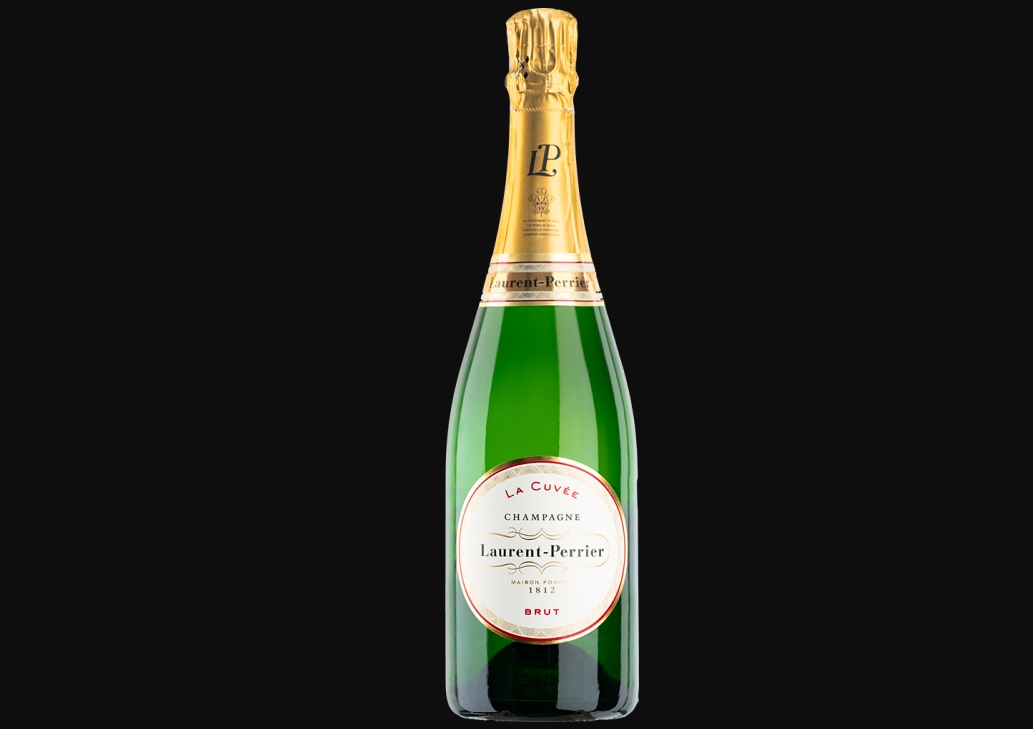
Average Price: $45
The Champagne:
Eugene Laurent and Mathilde Emilie Perrier were a husband and wife team that created the third best-selling champagne in the world. When Laurent died, he left the whole operation to Perrier, who took the champagne worldwide and found massive success.
Tasting Notes:
There’s a beautiful balance of bright lemon citrus and very summery French florals on the nose (think fields of lavender baking in the sun). That citrus leads towards a ripe apricot sweetness and body with a buttery underbelly that’s counter to all that dry fizz and tartness from the citrus. The end is mellow and really embraces the florals, lemon, and apricot.
Bottom Line:
This is by no means mediocre champagne. It’s perfectly suited for toasting in the New Year. It’s just that something had to be stuck in this slot. Also, this one makes for a great French 75 with all that lemony-ness.
7. Veuve Clicquot Brut
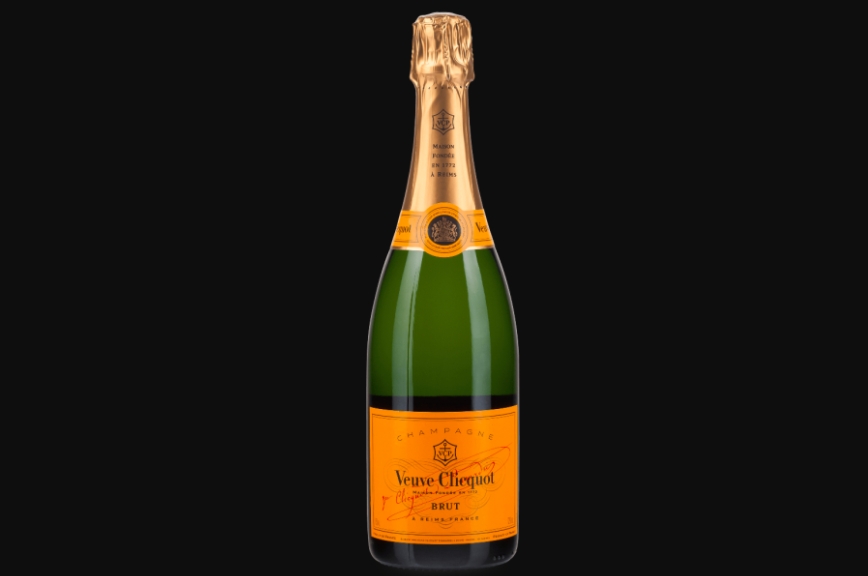
Average Price: $60
The Champagne:
The famed Madame Clicquot — or Veuve Clicquot which literally means “Widow” Clicquot — was instrumental in creating the world of champagne that we know today. She’s credited with the riddling process (clarifying the wine), creating rose champagne, bringing vintages (age statements) into the mix, and generally making the sparkling wine a celebratory drink in the highest echelons of the European elite.
Clearly, Clicquot was both an amazing innovator and marketer, and her champagne continues to shine.
Tasting Notes:
Imagine butter-soaked baked apples inside a buttery and slightly salty brioche next to white grapes and sultanas. Hints of tart yet sweet apples mingle with a mist of orange oils as a nutty base leads towards a savory fruitiness. That salty-sweet brioche returns on the dry yet softly sweet end.
Bottom Line:
This is really solid champagne all around. The only real reason it’s this low on the list is the high-ish price and note of sweetness that lingers a little long for us.
6. Moët & Chandon Nectar Impérial
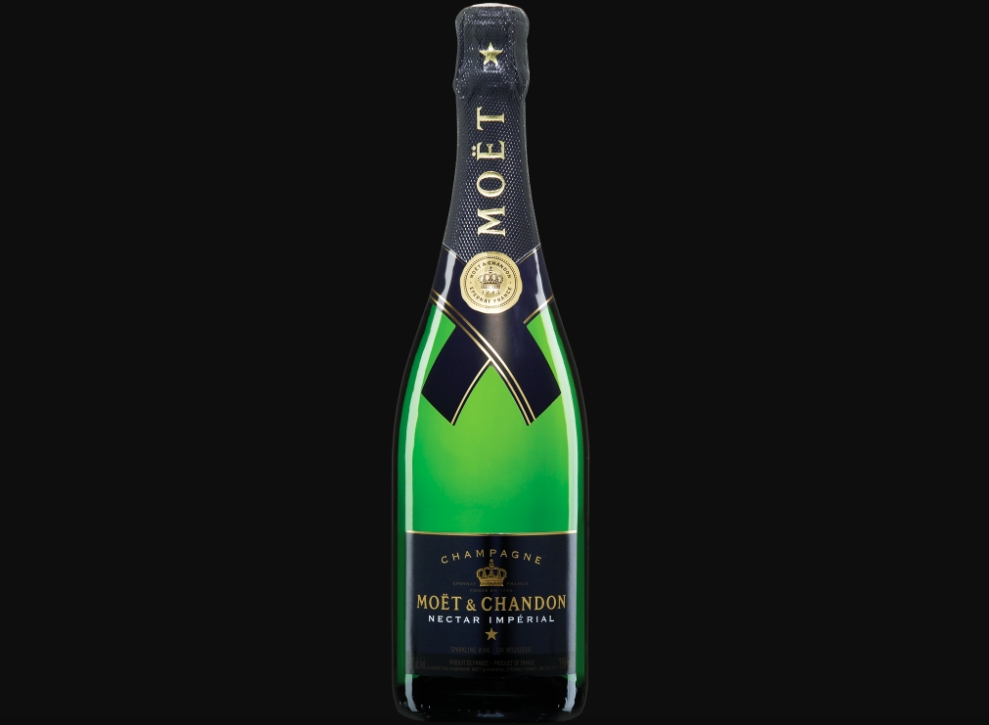
Average Price: $60
The Champagne:
Moët is one of the old-school champagnes that goes back to the court of French royalty. The popularity of this wine cannot be understated. They’re one of the biggest producers of champagne in the world. That’s why we’re picking a little higher-range bottle. The Nectar Impérial is a special blend of reserve wines chosen to add a deeper sense of richness and complexity to the bubbly.
Tasting Notes:
The flute pulls you in with a sense of tropical fruits leaning towards mangos and pineapple while stonefruits lurk in the background. Those stonefruits take over on the palate with apricots and meaty plums leading toward a white grape touch next to a hint of vanilla. Finally, that vanilla takes on a slightly creamy edge (thanks to a touch of Chardonnay in the blend) that really brings a well-rounded body to this sip.
Bottom Line:
This is a crowd-pleaser! It’s light and fruity yet feels like you’re drinking something with a good body that’ll get you a little tipsy.
5. Taittinger Brut
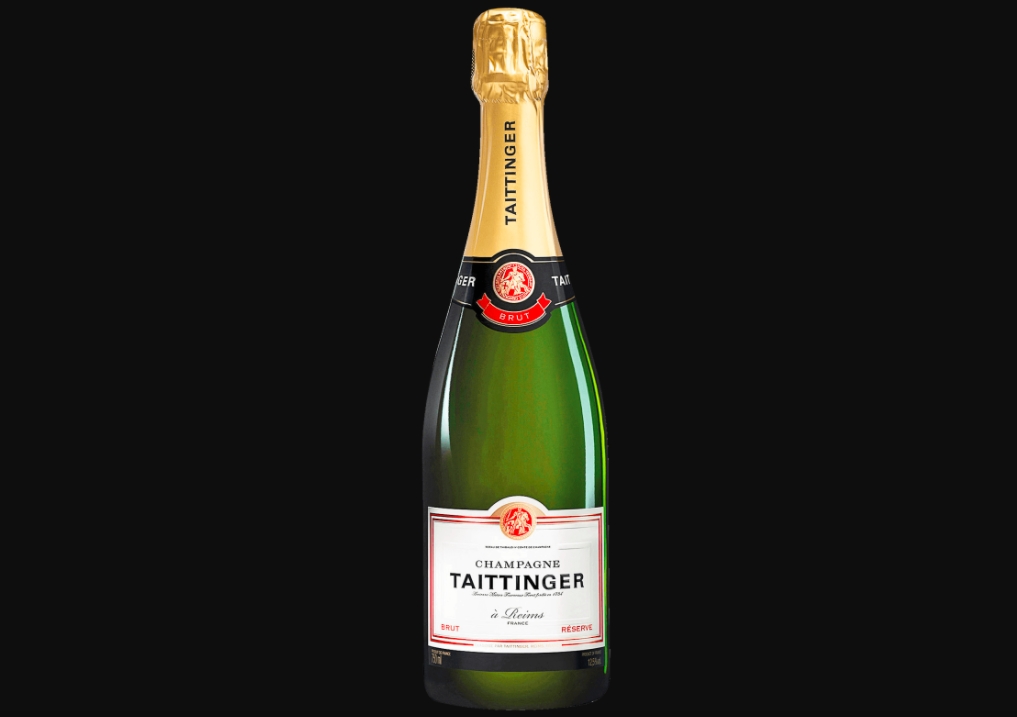
Average Price: $50
The Champagne:
Speaking of Chardonnay, Taittinger is a blend of old monastery wine-making, modern Chateau culture, and a deep history of Chardonnay grapes. The non-vintage wine leans into the Chardonnay grapes in the blend (basically, flipping on its head the ratio of Pinots to Chardonnay in the average blend), making this an outlier in the world of champagnes.
The result is a nice break-from-the-norm bottle of bubbly.
Tasting Notes:
There’s a lightness that’s a bit of a trick, as the nose will tempt you with hints of peaches, buttery and yeasty brioche, summer wildflowers, and a whisper of vanilla. The palate holds onto the stonefruit as a fresh honeycomb sweetness arrives late and brings the whole sip together.
Bottom Line:
This really feels like a well-rounded bottle that is very easy to drink. Really, we’re splitting hairs on the ranking from here on down.
4. Nicolas Feuillatte Brut Reserve Exclusive

Average Price: $36
The Champagne:
This champagne might be the most representative of the region in a single bottle. Nicolas Feuillatte is really more of a collective (or union) of 100 individual winemakers and 82 winemaking cooperatives covering over 5,000 vineyards around Champagne in France. That equates to Feuillatte pulling its juice from a swath that covers around seven percent of the wine grown in the region.
Tasting Notes:
There’s a real sense of dry breadiness next to ripe apricots and peaches that draws you in. The body is effervescent and full of bubbles that burst with that fruit alongside hints of vanilla and musty cellars full of old oak barrels.
Bottom Line:
The price of this bottle really helps it scratch into the top five. There’s really no reason this shouldn’t cost $60 per bottle like so many others on the list.
3. Dom Pérignon Vintage
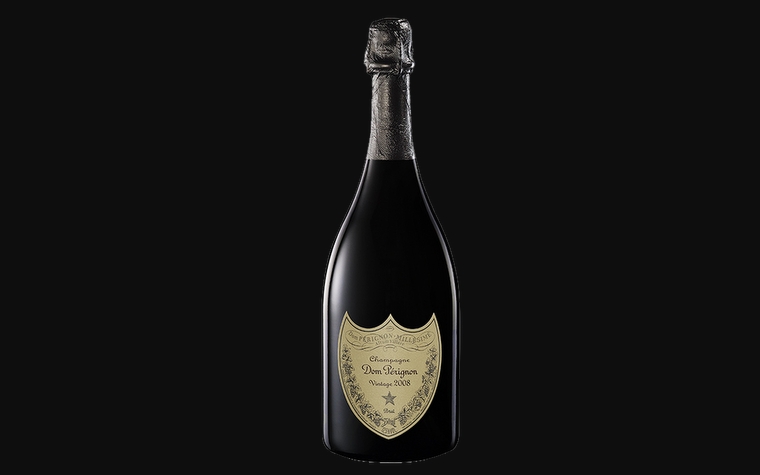
Average Price: $200+ (depending on Vintage)
The Champagne:
Dom P is Moët & Chandon’s “prestige” line of champagne. So in a sense, this is Moët’s “good stuff.” The bottle was named after legendary monk and champagne cellarmaster Dom Pérignon. The short of it is: Ol’ Dom was instrumental in making champagne into the fizzy wine we love back in the mid-1600s. These days, Moët honors that history with their best stuff.
Tasting Notes:
This is going to vary depending on which “Vintage” you snag. The throughline with Dom is the blend of Pinot and Chardonnay but that can vary a lot depending on the year.
If you come across the 2008 Vintage, expect a really nice dose of mint, lemon oils, and peach up top. That’ll lead towards a sense of orange oils next to musty oak with a creamy body that’s refined to a whipped butter lightness. It’ll just feel right.
Bottom Line:
This is the “good stuff” by definition. Still, we’d argue that there are perfectly good wines that reach these vaulted heights without the price tag. So let’s get to those.
2. Louis Roederer Brut Premier
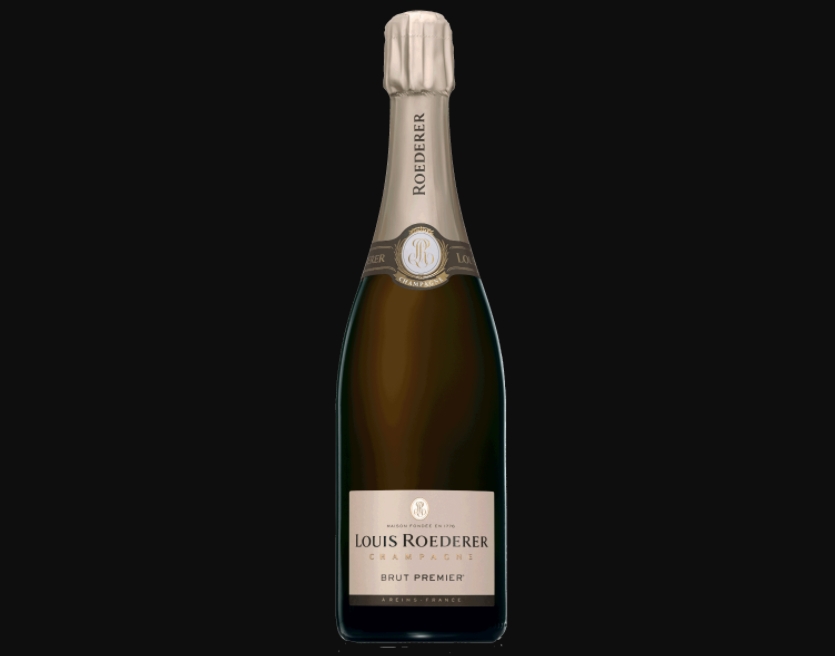
Average Price: $48
The Champagne:
Louis Roederer is one of the oldest Champagne houses that also happens to be one of the last fully independent shingles. The wine really made a name as the champagne of the Russian Royal Court pre-revolution. As those royals ran for their lives, they spread the love of Louis Roederer to Paris, London, New York, and Shanghai, helping make the wine a truly international brand.
Tasting Notes:
There’s a real sense of an orchard full of stone fruits next to lightly roasted nuts with a hint of a warm croissant on the nose. That butter and yeasty bready fades first as the ripe apricot and gooseberries counterpoint a deep dryness and light bubbles. There’s very little sweetness at play as a touch of oaky vanilla pops on the very end.
Bottom Line:
This is the entry-level champagne that’ll lead you to the infamous Cristal (that brand of champers that rappers wouldn’t shut up about in the 90s.). That aside, this is almost too easy to drink. We’ll put it this way, the bottle will be empty before you know it and you’ll be left wanting more.
1. Bollinger Special Cuvee Brut
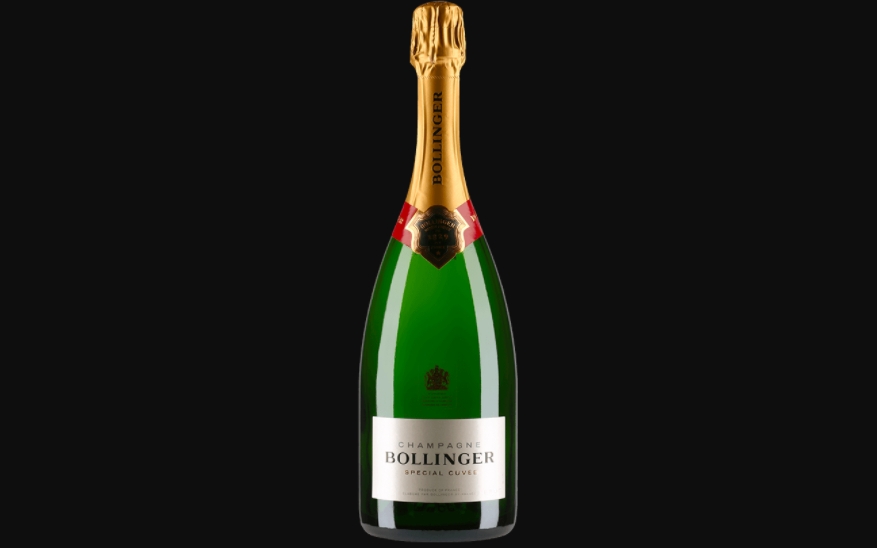
Average Price: $65
The Champagne:
Bollinger reaches all the way back to the 1500s with its winemaking skills. The brand spent centuries becoming the icon it is today. The wine got a huge boost when it became the champagne of Queen Victoria’s court in the late 1800s, which led to it being the official drink of Ian Fleming’s James Bond. Thanks to the guidance of Lily Bollinger post-WWII, the brand became the champagne the adventurers, jet-setters, and what the so-called cool kids drank.
Tasting Notes:
This draws you in with a sense of over-ripe peaches next to tart apples stewed with dark spices and wine. That spice and apple bring about an almost apple butter feel as the svelte nature of the sip leads towards a brioche loaded with walnuts and that spiced stewed apple next to a buttery foundation.
This is just smooth, subtly bubbly, and just the right amount of dry on the finish.
Bottom Line:
This 100 percent lives up to the hype. It really is that well-rounded, quaffable, and delightful. Cheers! Someone queue up Auld Lang Syne.
